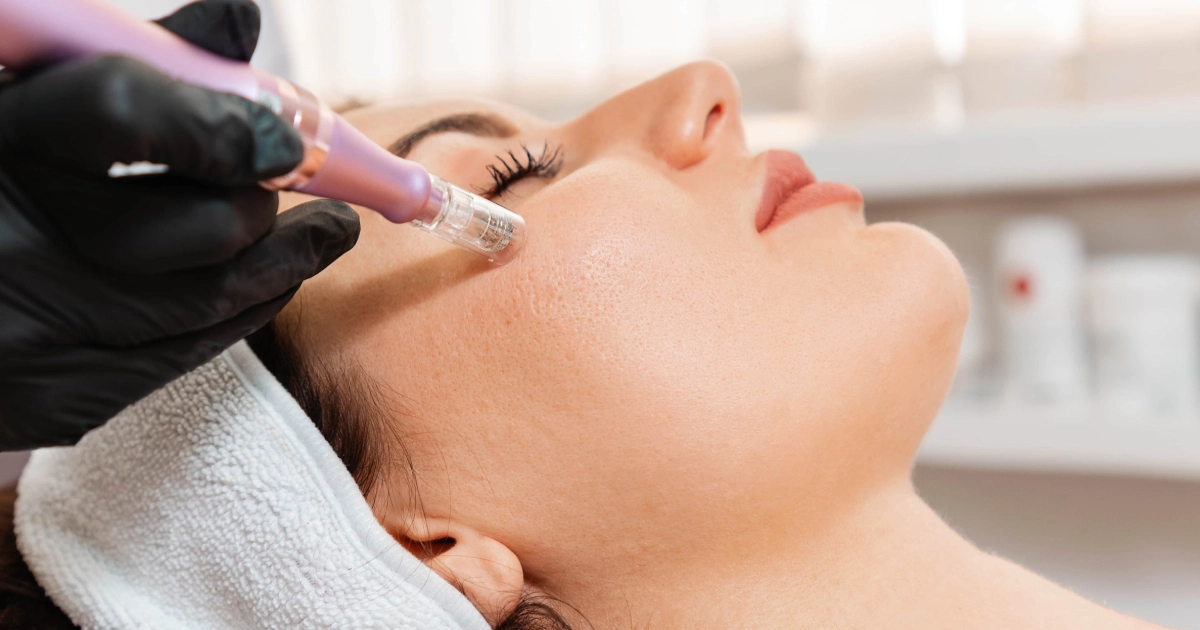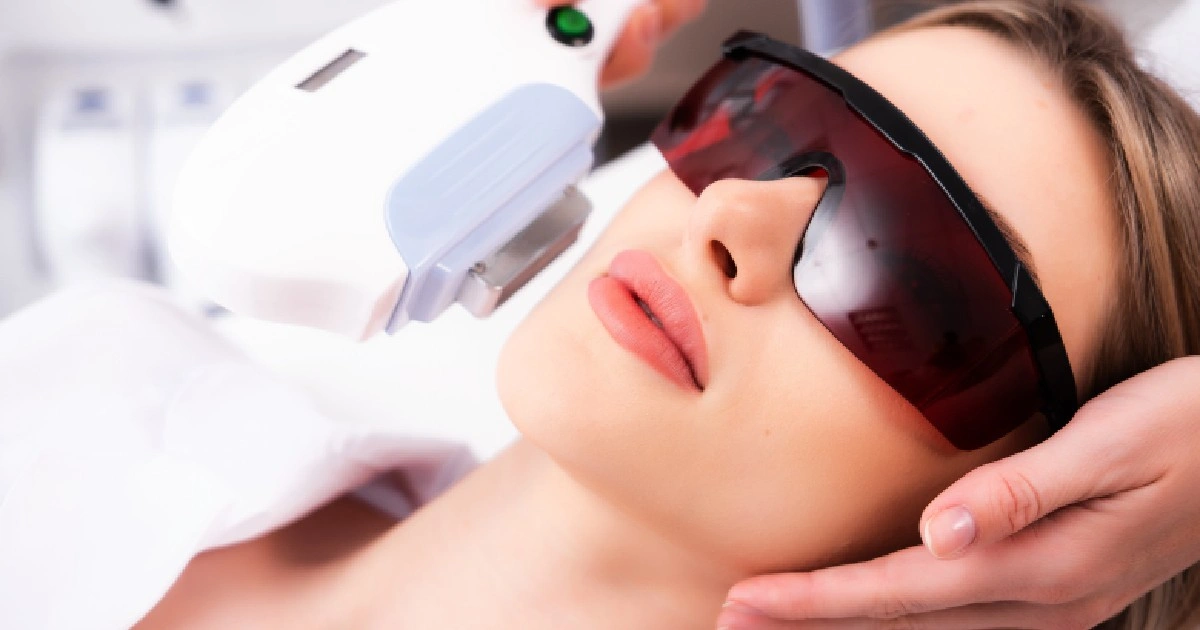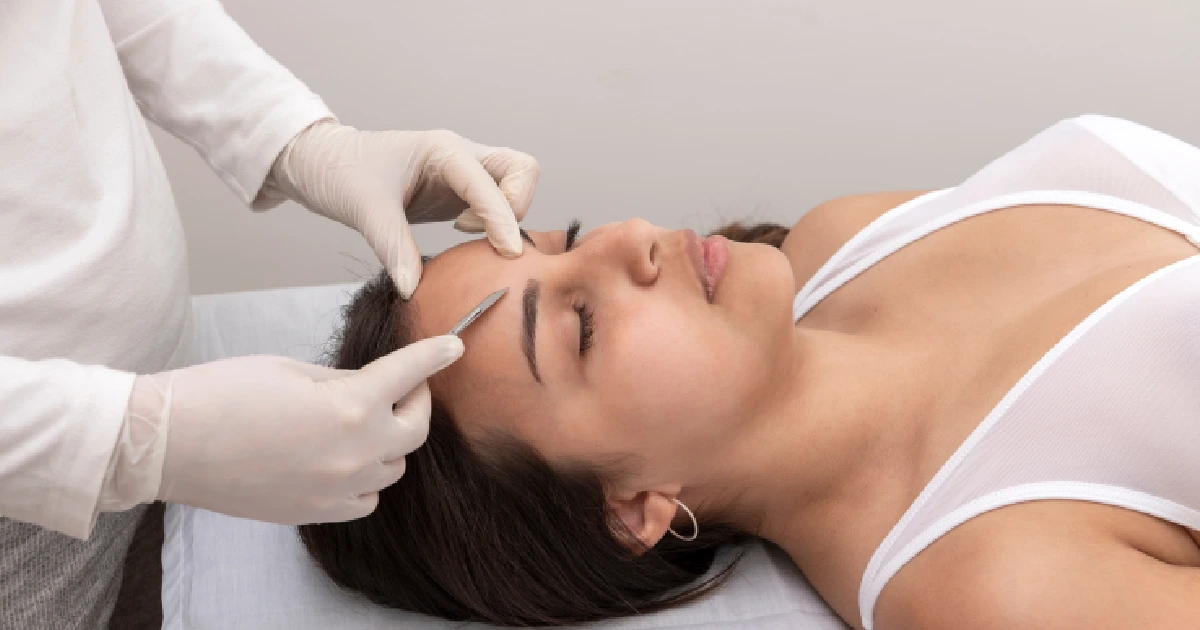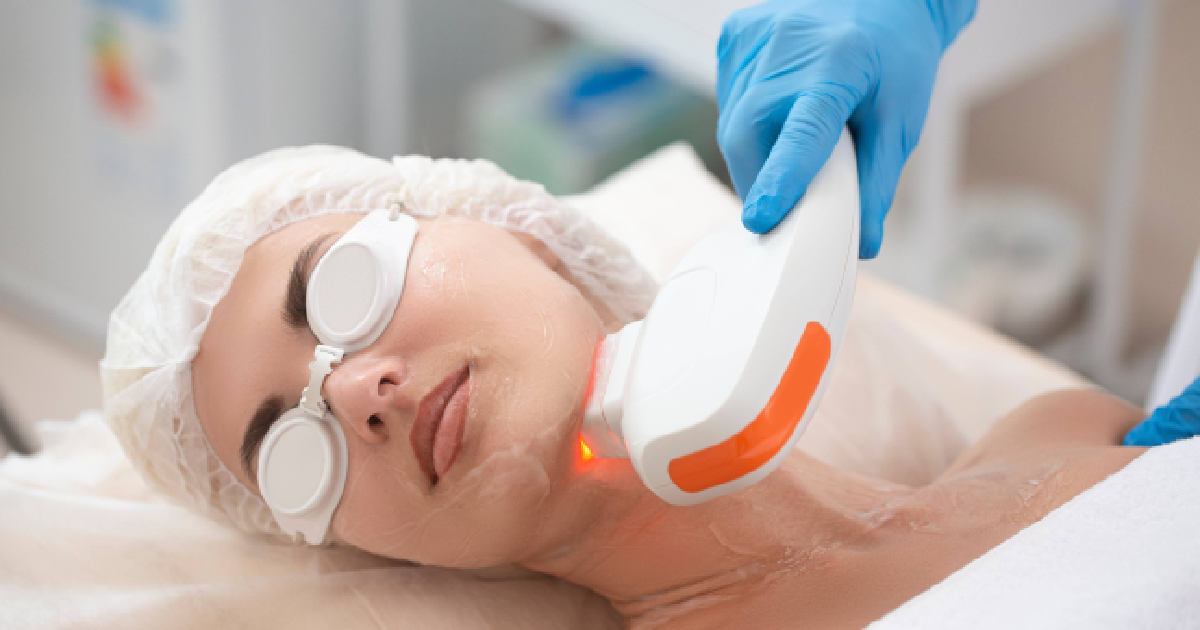
Because of their efficiency, chemical peels are one of the well-known and tested facial regimens most patients choose. It hydrates the skin and, most importantly, removes the old top layer of your skin, revealing the new and refreshed one. Although we need treatments for specific conditions, sometimes addressing skin issues to the roots is the only answer. And chemical peels do the job for you! If you are a first-timer and want to try the procedure, here are some facts you might want to know!
What are chemical peels?
Chemical peels are typically used to address scars, wrinkles, and discolored skin. It has various acidic formulations and strengths, from subtle to higher penetrating peels. These peels can be personalized and combined with other treatments as they provide more dramatic results.
Common acids in chemical peels are trichloroacetic acid, alpha hydroxy acids, and beta-hydroxy acids. Depending on what medical spa you choose, chemical peels can consist of 3% glycolic acid and 15% trichloroacetic acid to enhance the appearance of wrinkles, discoloration, and fine lines.
10 Facts I Need to Know Before Getting a Chemical Peel
- There are various types of chemical peels.
- As mentioned, there are various types of chemical peels as they can penetrate subtly to profound manners. You can choose a light chemical peel, medium chemical peel, or deep chemical peel, depending on the most suitable treatment.
- Chemical peels destroy the skin in a controlled manner.
- Chemical peels sure do have dramatic effects, but along with these is a surprising downtime. Although it can dissipate over time, the procedure destroys the skin in a good way because it removes the skin’s top layer to have a more youthful texture with unified coloration that will mix with untreated skin.
- There are risks associated with a chemical peel procedure.
- It will help if you look for side effects after the procedure, such as scarring, scabbing, infection, redness, swelling, reactivation of herpes, and changes in skin color. In some rare cases, kidney, liver, and heart damage can occur because of the phenol ingredient in chemical peels. However, your provider can minimize your exposure to this ingredient.
- The chemical peel results vary on the type used.
- Light chemical peel tones lessen wrinkles and enhance skin texture, which will subtly increase over time. Medium chemical peels make noticeably smoother skin. In contrast, deep chemical peels give a dramatic look and feel of improvement in treatment areas. These results are not permanent, but you can have more treatments for results maintenance.
- There are over-the-counter chemical peels.
- You can choose over-the-counter chemical peels, but they do not produce dramatic results, unlike procedures done in the office. However, these products are clinically safe and will not cause severe skin damage. Experts recommend getting the procedure in offices to ensure safety and eliminate risks.
- Some patients only qualify for a chemical peel procedure.
- Patients with sun-damaged skin, actinic keratoses, acne scarring, and uneven pigmentation can get chemical peel procedures. However, the treatment may not be for you if you are pregnant, have taken oral acne medication like Clavaris and Myorisan in the past six months, have severe cold sore outbreaks, and have a family history or personal keloids. Additionally, if you have dark-pigmented skin, you must be cautious in trying chemical peels because there are high chances that the pigmentation will differ from other skin colors.
- Each type of chemical peel has its purpose.
- A light chemical peel removes the epidermis and treats uneven skin tone, acne, dryness, and wrinkles. You can have the treatment every two to five weeks.
- A medium chemical peel removes skin cells from the epidermis and other portions of the dermis and addresses acne scars, wrinkles, and uneven skin tone.
- A deep chemical peel removes skin cells in deeper areas. Your specialist may recommend this chemical peel if you have precancerous growths, scars, and deeper wrinkles. Repetition of treatments is not required to acquire dramatic results.
- Dermatologists most commonly use chemical peels.
- According to studies, dermatologists often use chemical peels as one of the most efficient destructive techniques to reduce acne scarring and diminish signs of sun damage.
- The procedure causes a natural healing process.
- Your skin may take time to heal after a chemical peel procedure. As your chosen type of chemical peel manifests its depth in destroying your skin, it simultaneously activates your body’s natural healing process to treat several skin issues needed to be addressed.
- Specialists perform chemical peels.
- Someone does not only perform chemical peels. A licensed specialist in the field must show their expertise in conducting a chemical peel procedure. Peels do not usually require anesthesia; however, they may cause a burning sensation. But specialists may relieve this through fan-aided evaporation or cool compresses. They may also apply bandages on treated areas so they will not be disturbed in the healing process.
How does the process for chemical peel work?
In preparing for a chemical peel procedure, you must have an initial consultation consisting of assessing your medical history, doing a physical exam, and discussing your expectations with your chosen specialist. This part is crucial as it will determine your suitability and ensure your safety for the treatment.
Before the peel, use a retinoid cream, take antiviral medication, use a bleaching agent, avoid specific cosmetic treatments and types of hair removal, and prevent unprotected sun exposure.
The procedure will start with cleaning your face, covering your eyes with ointment, tape, or goggles, and protecting your hair. After this, they will apply the chemical peel for a specific period until it is time to halt and apply a neutralizing solution.
After the procedure, your provider may apply an ice pack to ease discomfort and recommend any over-the-counter medications that may relieve pain, like ibuprofen and naproxen sodium. Stay at home while healing from chemical peels. You will also most likely need follow-up visits so your doctor can monitor your progress.
For additional reminders, you must use sunscreen daily as your skin will be more sensitive to sun exposure. A chemical peel is also a cosmetic procedure, so insurance does not cover it.
Are you ready to try chemical peels? Cosmedics Med Spa will help as they offer services that rejuvenate the feel and look of your lips, skin, cheeks and other areas that need attention.
Do not let this chance have improved and rejuvenated skin with chemical peels, and contact the best medical spa in Lehi, Utah, USA!





